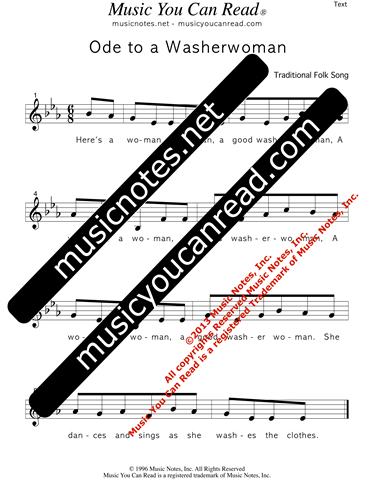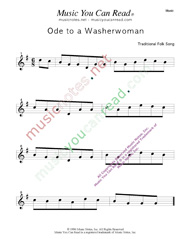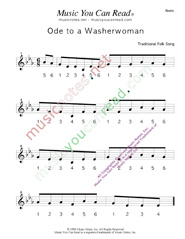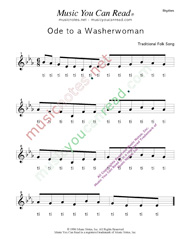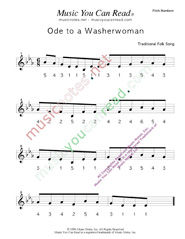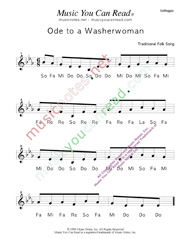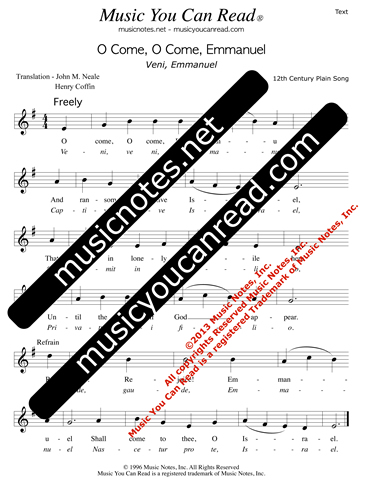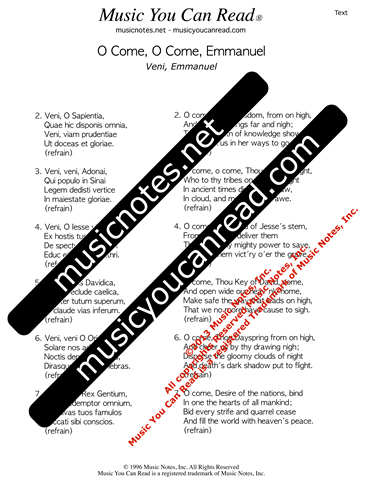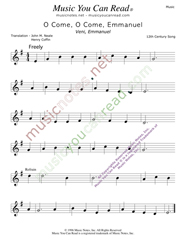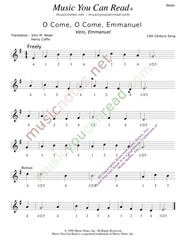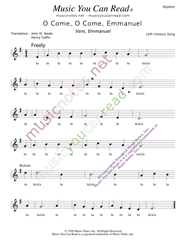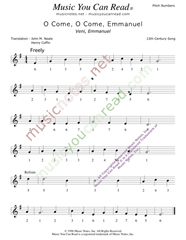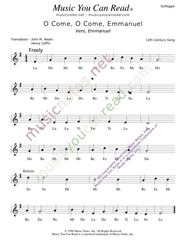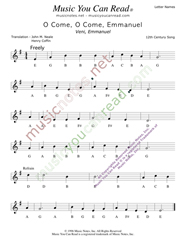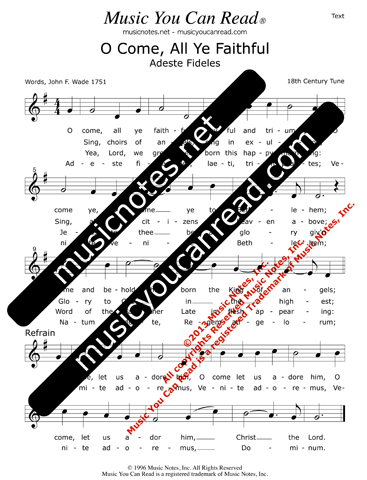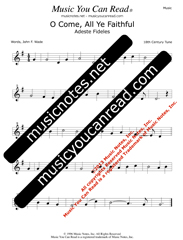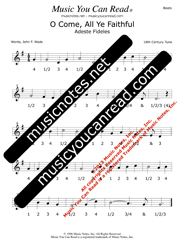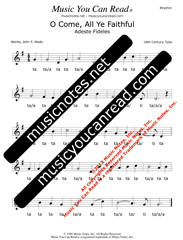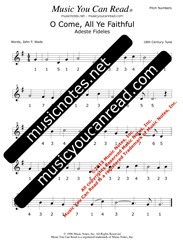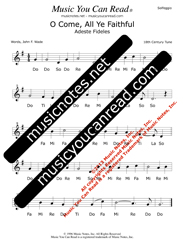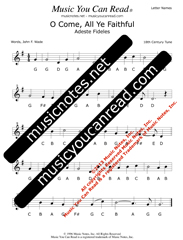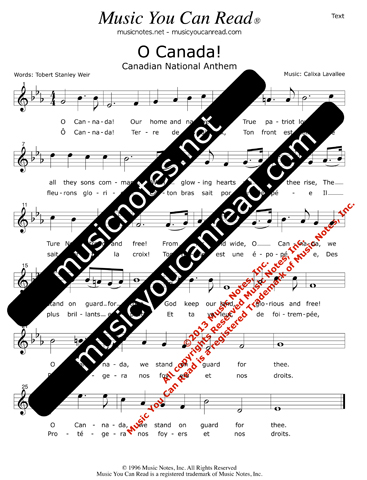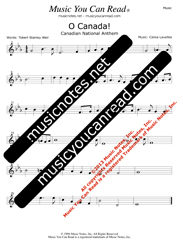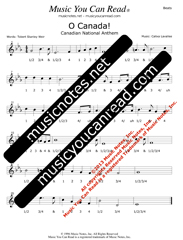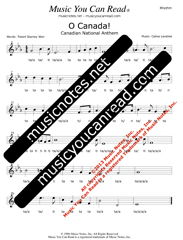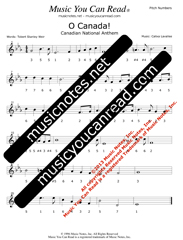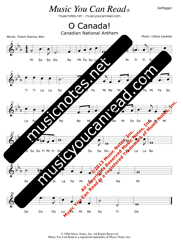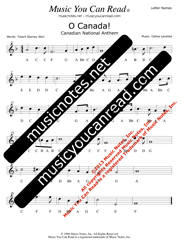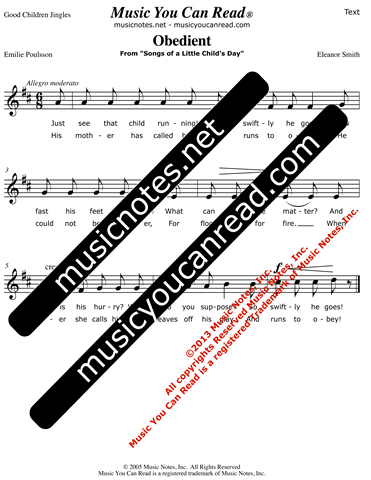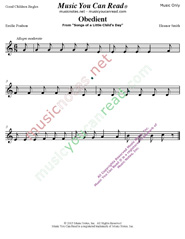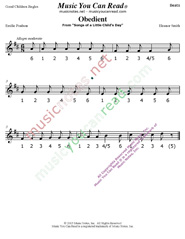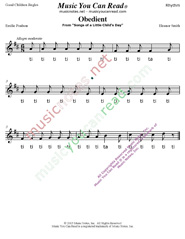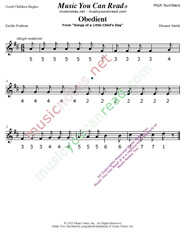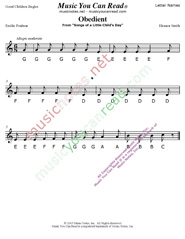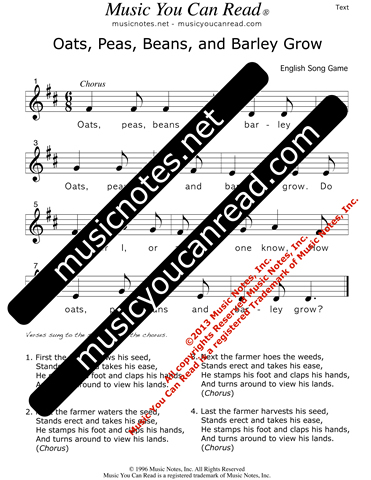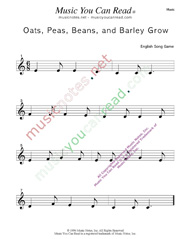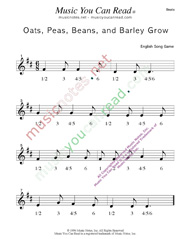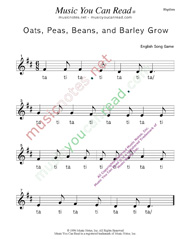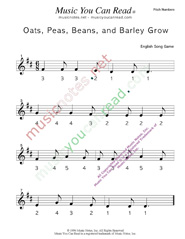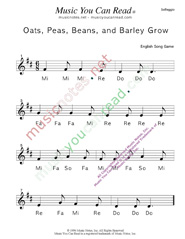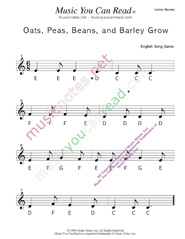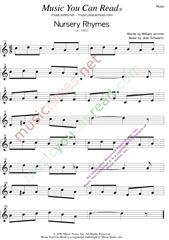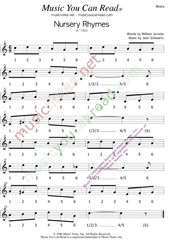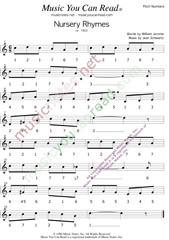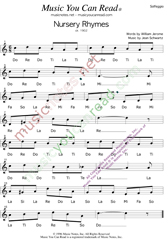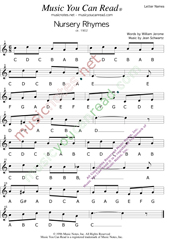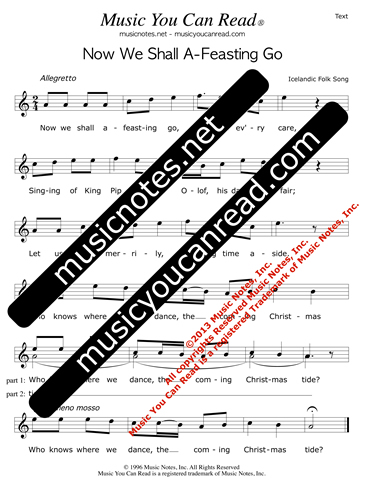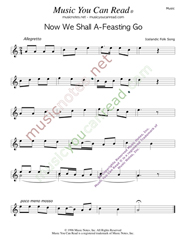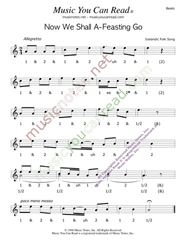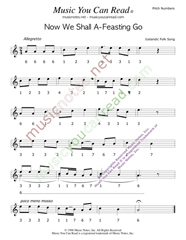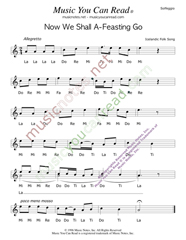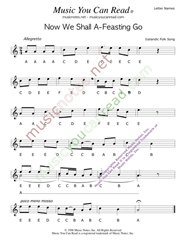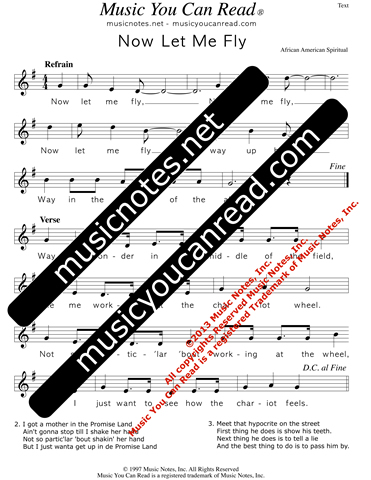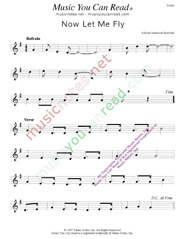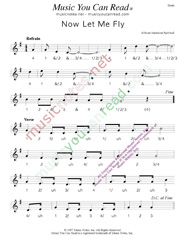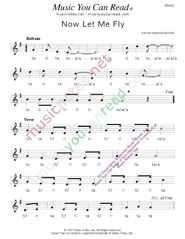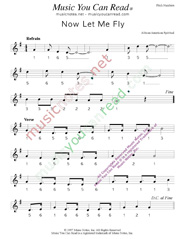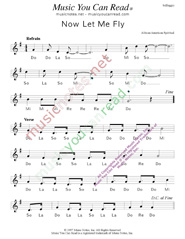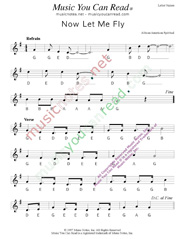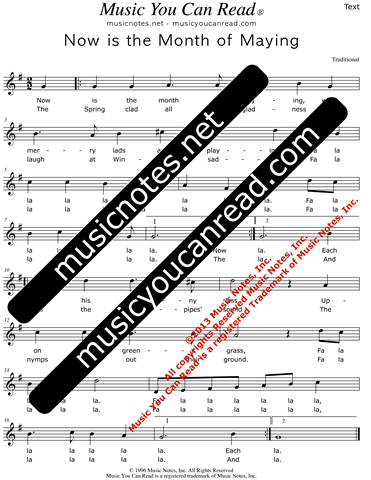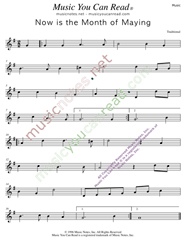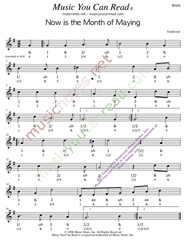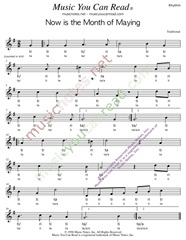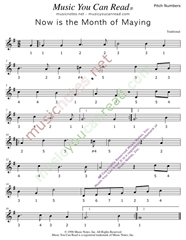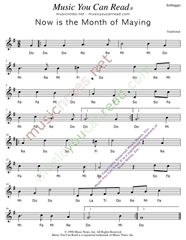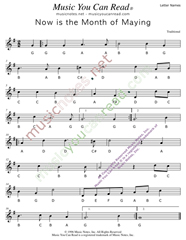|
|
|
|
|
|
|
|
|
|
Latin
|
|
|
English |
|
|
|
1. |
Veni, veni, Emmanuel,
Captivum solve Israel,
Qui gemit in exilio,
Privatus Dei filio.
|
|
1. |
O come, O come, Emmanuel,
And ransom captive Israel,
That mourns in lonely exile here
Until the Son of God appear. |
|
|
|
|
Refrain:
|
|
|
Refrain: |
|
|
|
|
Gaude, gaude, Emmanuel
Nascetur pro te, Israel.
|
|
|
Rejoice! Rejoice! Emmanuel
Shall come to thee, O Israel. |
|
|
|
2. |
Veni, O Sapientia,
Quae hic disponis omnia,
Veni, viam prudentiae
Ut doceas et gloriae.
|
|
2.
|
O come, Thou Wisdom, from on high,
And order all things far and nigh;
To us the path of knowledge show,
And teach us in her ways to go. |
|
|
|
|
Refrain
|
|
|
Refrain |
|
|
|
3. |
Veni, veni, Adonai, qui
Populo in Sinai
Legem dedisti vertice
In maiestate gloriae.
|
|
3. |
O come, o come, Thou Lord of might,
Who to thy tribes on Sinai’s height
In ancient times did give the law,
In cloud, and majesty, and awe. |
|
|
|
|
Refrain
|
|
|
Refrain |
|
|
|
4. |
Veni, O Iesse virgula,
Ex hostis tuos ungula,
De spectu tuos tartari
Educ et antro barathri.
|
|
4. |
O come, Thou Rod of Jesse’s stem,
From ev’ry foe deliver them
That trust Thy mighty power to save,
And give them vict’ry o’er the grave. |
|
|
|
|
Refrain
|
|
|
Refrain |
|
|
|
5. |
Veni, Clavis Davidica,
Regna reclude caelica,
Fac iter tutum superum,
Et claude vias inferum.
|
|
5. |
O come, Thou Key of David, come,
And open wide our heav’nly home,
Make safe the way that leads on high,
That we no more have cause to sigh. |
|
|
|
|
Refrain
|
|
|
Refrain |
|
|
|
6. |
Veni, veni O Oriens,
Solare nos adveniens,
Noctis depelle nebulas,
Dirasque mortis tenebras.
|
|
6. |
O come, Thou Dayspring from on high,
And cheer us by thy drawing nigh;
Disperse the gloomy clouds of night
And death’s dark shadow put to flight. |
|
|
|
|
Refrain
|
|
|
Refrain |
|
|
|
7. |
Veni, veni, Rex Gentium,
Veni, Redemptor omnium,
Ut salvas tuos famulos
Peccati sibi conscios.
|
|
7. |
O come, Desire of the nations, bind
In one the hearts of all mankind;
Bid every strife and quarrel cease
And fill the world with heaven’s peace. |
|
|
|
|
Refrain
|
|
|
Refrain |
|
|
|
|
|
|
|
|
|
|
